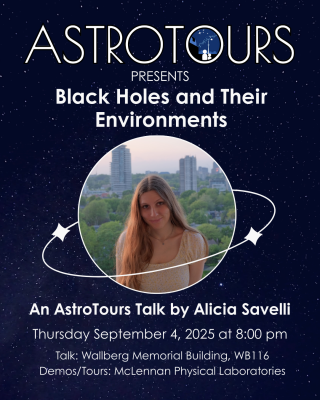
4
September
[AstroTours] Black Holes and Their Environment
Check out the September AstroTour! This AstroTour features Alice's talk on black holes, followed by exciting astronomy demos and telescope tours!
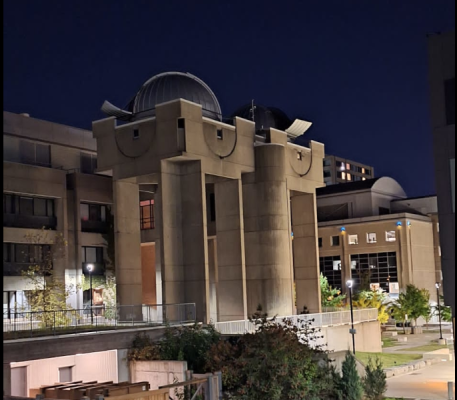
3
September
Recreational Astronomy Night - September 3, 2025
Join us for our monthly recreational astronomy night meeting. This is where our members get to show their latest projects or give tutorials and tips on just about everything to do with astronomy.
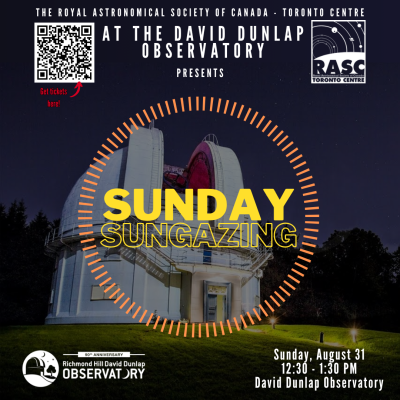
31
August
DDO: Sunday Sungazing - August 2025
Safely observe the sun with us!
During these family-friendly sessions, a DDO Astronomer will answer your questions about our closest star: the sun!
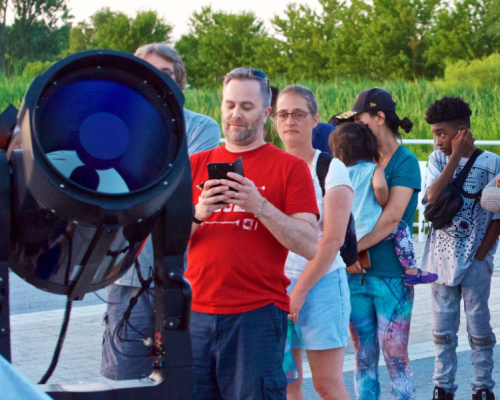
30
August
Millennium Square Public Star Party - August 29 or 30, 2025 (GO for Saturday)
Join us for an evening of free public stargazing along the north shore of Lake Ontario at Millennium Square.
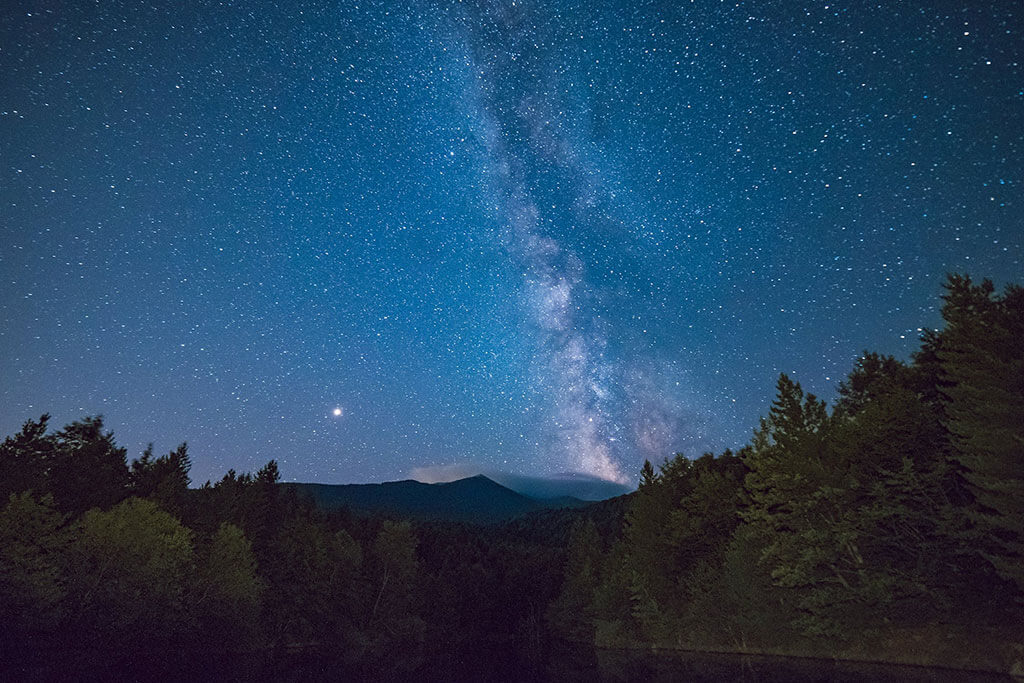
28
August
2025 Annual Algonquin Adventure stargazing night with Royal Astronomical of Society of Canada
Join members of the Royal Astronomical Society of Canada (Toronto Centre) on Aug 28, 29 and 30, beginning at 8:00pm for a night of stargazing, on the Mew Lake beach.
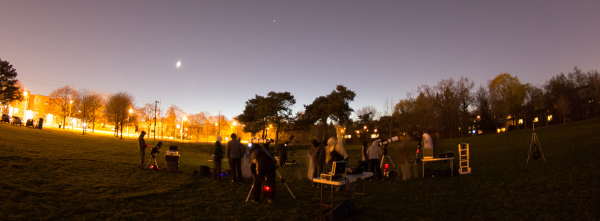
26
August
City Star Party: Bayview Village Park - August 2025 (GO for Tuesday)
Our monthly City Star Party is the place to catch universe from within the city limits at Bayview Village Park. If you don't have a telescope then you will find many astronomers who would love to share a view.
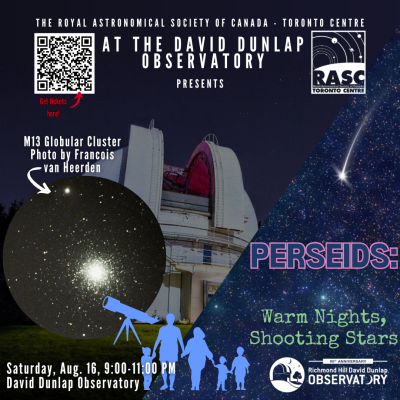
16
August
DDO Astronomy Family Night - August 2025 - Perseids: Warm Nights, Shooting Stars
Families will be introduced to the wonders of astronomy through a presentation on a variety of exciting astronomy topics, followed by age-appropriate celestial activities!
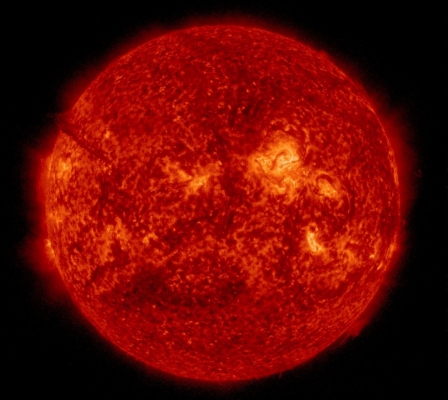
16
August
Millennium Square Solar Observing - August 2025 (NO-GO for August 9)
Come join us along the Lake Ontario shoreline to safely observe exciting sunspot activity and solar prominences through our solar telescopes! The Sun has been very active lately, producing auroras over Canada and around the world.
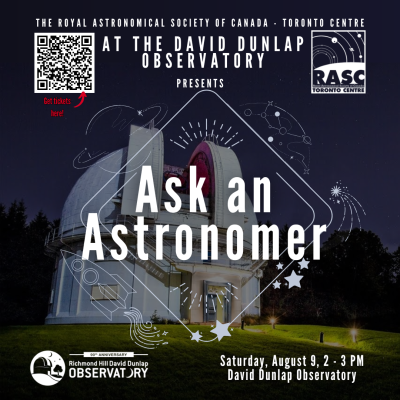
9
August
DDO Ask an Astronomer - August 2025
Ask a DDO Astronomer your astronomy questions!
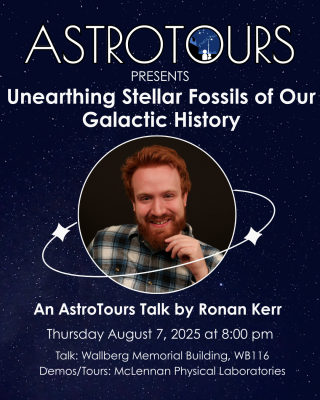
7
August
[AstroTours] Unearthing Stellar Fossils of our Galactic History
Check out the August AstroTour! This AstroTour features Dr. Ronan Kerr's talk on star formation and what it can tell us about our galaxy, followed by exciting astronomy demos and telescope tours!

6
August
Recreational Astronomy Night - August 6, 2025 - ONLINE ONLY due to National Bank Tennis Open at York University
Join us for our monthly recreational astronomy night meeting. This is where our members get to show their latest projects or give tutorials and tips on just about everything to do with astronomy.
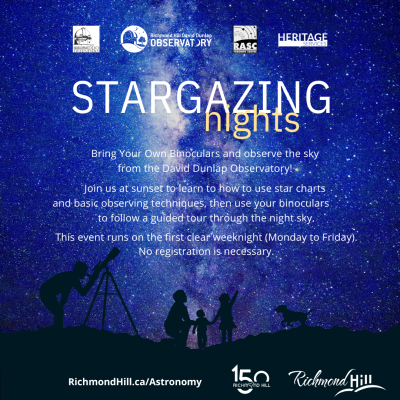
5
August
DDO Bring Your Own Binoculars Stargazing Night - August 2025 (GO for Tuesday)
Bring your own binoculars for a free, guided tour of the night sky.
